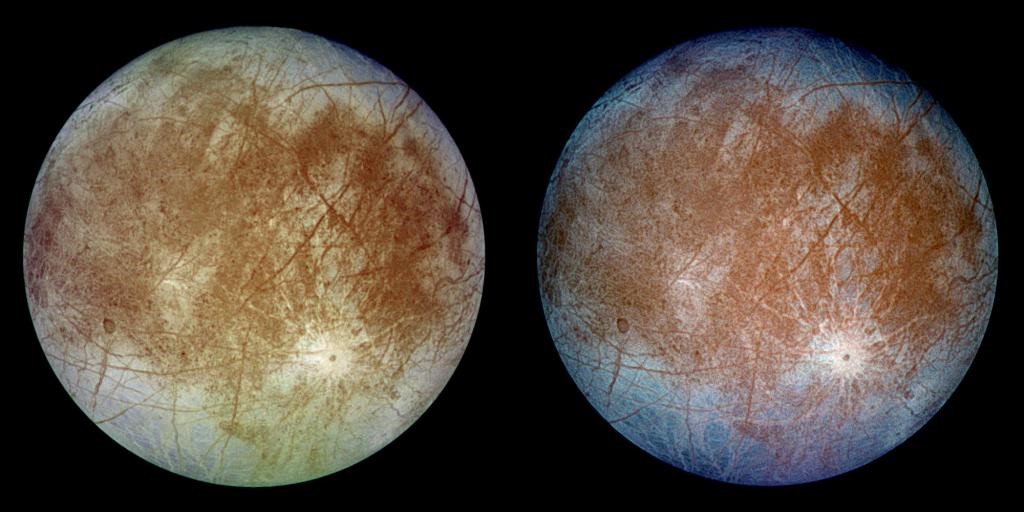Free Courses Sale ends Soon, Get It Now


Free Courses Sale ends Soon, Get It Now



Disclaimer: Copyright infringement not intended.
Context
Jupiter’s icy moon Europa has long been thought of as one of the most habitable worlds in the Solar System. Now the Juno mission to Jupiter has directly sampled its atmosphere in detail for the first time. The results, published in Nature Astronomy, show that Europa’s icy surface produces less oxygen than we thought.
Details
Europa
NASA Mission
Recent Developemets
Losing oxygen
So what does that mean for its chances of hosting life?
|
PRACTICE QUESTION What is the most significant feature of Europa, one of Jupiter's moons?
Answer C |
© 2024 iasgyan. All right reserved